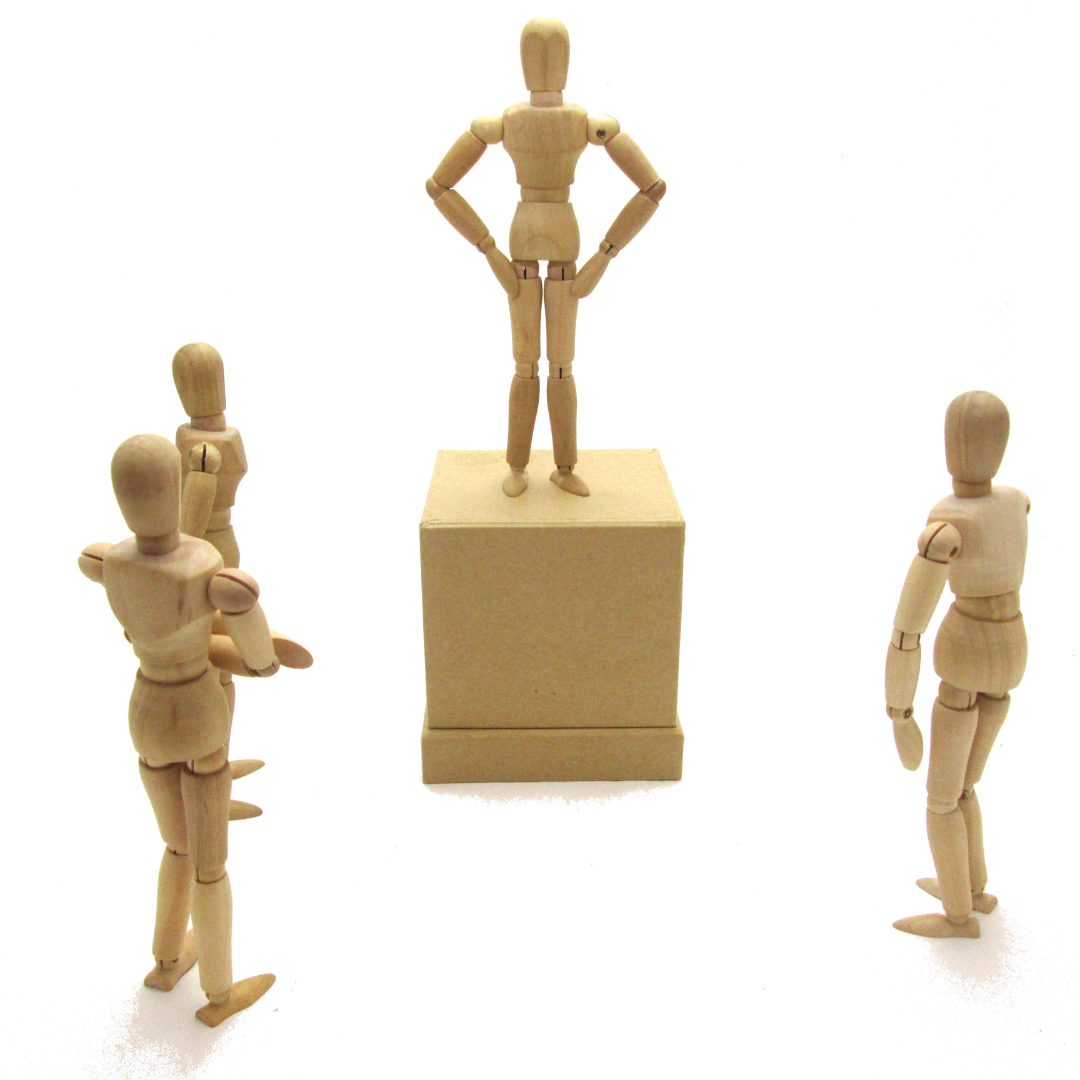2024…
Closing the Authority Gap: Why Women Are Still Fighting to Be Taken Seriously
Bias, stereotypes, and outdated leadership norms continue to undermine women’s authority in the workplace. Here’s how organizations and individuals can drive change.

Despite undeniable progress in gender equity, women continue to face systemic challenges in how their authority is perceived. While women have proven their leadership capabilities time and again—during the pandemic, female leaders were widely celebrated for their decisive and effective governance—bias and stereotypes persist.
Research shows that women must often prove their competence repeatedly to earn the same credibility as their male peers. This disparity, known as the “authority gap” (coined by Mary Ann Sieghart), doesn’t just limit individual potential; it holds organizations back from the innovation and success that diversity can bring
Unequal Credibility in a Level Playing Field
Mary Ann Sieghart, author of The Authority Gap, defines it as the disparity in how seriously men and women are taken. Women, she explains, are often judged to be less competent until they prove otherwise, whereas men are assumed competent until proven otherwise.
Examples of this gap are visible in everyday workplace dynamics:
- Women’s ideas are interrupted or dismissed in meetings, only to be recognized when voiced by a male colleague.
- Confident women are labeled as “aggressive” or “abrasive,” while men displaying similar behavior are seen as assertive leaders.
The authority gap creates a double burden for women: they must navigate not only their professional responsibilities, but also the unspoken biases that challenge their credibility and authority.
The Double Bind: Confidence vs. Likability
One of the most frustrating aspects of the authority gap is the double bind it imposes on women. If they assert themselves confidently, they risk being seen as unlikable. But if they avoid confidence to maintain likability, their competence is questioned.
This double standard not only limits women’s opportunities but also forces them to walk a narrow and exhausting line between being respected and being accepted. Over time, this balancing act can erode confidence, diminish leadership potential, and lead to burnout.
What Can Be Done: Moving Beyond Bias
Practical Steps for Individuals and Organizations
The authority gap is deeply ingrained, but it isn’t insurmountable. It requires deliberate effort from both individuals and organizations to break down the barriers it creates.
For Individuals:
- Challenge Your Biases: Notice how you react to women in authority. Are you more likely to interrupt, overlook, or criticize their ideas? Reflect on whether terms like “emotional” or “abrasive” reveal more about your biases than their behavior.
- Be an Ally: When you see women’s ideas being dismissed or ignored, speak up. Highlight their contributions and ensure credit is given where it’s due.
For Organizations:
- Champion Women in Leadership: Support women leaders by advocating for their ideas, publicly endorsing their contributions, and challenging stereotypes that undermine their authority.
- Redefine Leadership Norms: Move beyond outdated models of leadership that prioritize traditionally masculine traits. Recognize that traits like empathy, collaboration, and adaptability are equally critical for success.
- Provide Training: Equip teams with bias-awareness training to help uncover and address unconscious attitudes toward women in authority roles.
Redefining Leadership for the Future
Closing the authority gap requires more than individual effort — it demands systemic change. By normalizing women in positions of authority and challenging outdated notions of leadership, we can begin to transform workplace cultures. The more women are seen and respected as leaders, the more we can collectively reshape perceptions about power and authority.
The more women we see in charge, the more we’ll come to associate power with women, and the less we’ll notice their gender at all. Achieving this will take time, but with intentional action, progress is not only possible — it’s inevitable.
The authority gap isn’t just a challenge for women; it’s a barrier to organizational growth, innovation, and progress. By addressing biases, championing women leaders, and redefining what it means to lead, we can create workplaces where authority is earned through competence— not constrained by gender.
2024…
Gallery: 2024 RBC Canadian Women Entrepreneur Awards Program
TORONTO,…
New Survey Findings Reveal the Financial Priorities and Challenges for Canadian Women
Pour…
2024 RBC CANADIAN WOMEN ENTREPRENEUR AWARD WINNERS ANNOUNCED
Chef…
Meet Nuit Regular, RBC Canadian Women Entrepreneur Awards Momentum Finalist
By…
